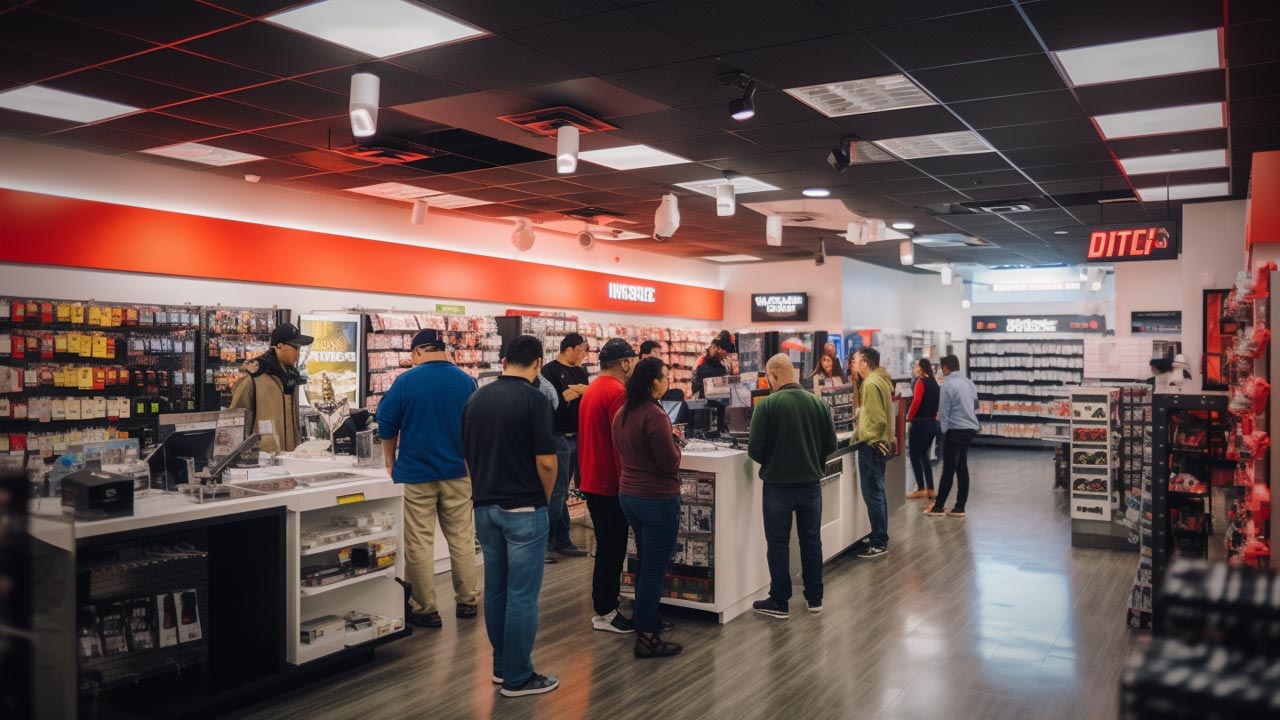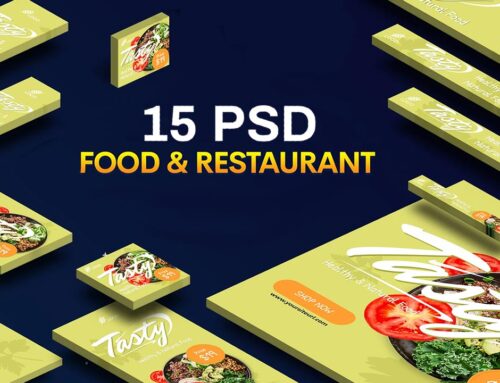The field of psychology plays a crucial role in understanding consumer behavior and buying decisions. By studying the psychological triggers that influence purchasing decisions, marketers can craft strategies to increase sales and customer engagement. This comprehensive article aims to provide an in-depth analysis of various psychological buying triggers that can be harnessed to drive consumer behavior.
In this article, you will learn about the science behind psychological buying triggers, their various types, and how marketers can effectively utilize these triggers to influence consumer behavior. Furthermore, we will explore real-world examples of successful marketing campaigns that effectively employed psychological buying triggers to generate desired outcomes.
Table of Contents
- Introduction to Psychological Buying Triggers
- Types of Psychological Buying Triggers
- Using Psychological Buying Triggers in Marketing Strategies
- Real-World Examples of Successful Marketing Campaigns
- Final Thoughts
- Sources
Introduction to Psychological Buying Triggers
Psychological buying triggers are factors that influence a consumer’s decision-making process, leading them to make a purchase. Understanding these triggers can help businesses craft marketing strategies that effectively drive consumer behavior, ultimately leading to increased sales and engagement. By examining the scientific basis of these triggers, businesses can identify the key psychological principles that drive consumer behavior and incorporate them into their marketing efforts.
Types of Psychological Buying Triggers
Scarcity and Urgency
Scarcity and urgency are powerful psychological buying triggers that play on the fear of missing out (FOMO). When a product or service is perceived as limited in availability, consumers are more likely to make a purchase to avoid missing out on the opportunity. Similarly, urgency can be created by setting deadlines or offering limited-time promotions, encouraging customers to take action before the opportunity passes.
Social Proof
Social proof is the phenomenon where people look to the actions and opinions of others to inform their own behavior. This trigger is based on the assumption that if others are endorsing a product or service, it must be worthwhile. Marketers can leverage social proof by showcasing customer testimonials, reviews, or endorsements from influencers to build trust and credibility.
Authority
People are more likely to trust and follow the advice of experts or authority figures. By demonstrating expertise or featuring endorsements from experts, businesses can leverage the authority trigger to influence consumer behavior. This can be done by highlighting industry awards, certifications, or showcasing expert opinions on a product or service.
Consistency and Commitment
Consumers are more likely to make a purchase if it aligns with their previous actions or beliefs. This consistency can be fostered through small commitments, such as signing up for a newsletter or participating in a free trial, which can later lead to larger commitments like making a purchase. By building a sense of commitment, marketers can create a sense of consistency that encourages customers to follow through with their initial interest.
Reciprocity
The principle of reciprocity states that when someone receives something of value, they feel compelled to give something back in return. Marketers can use this trigger by offering free samples, valuable content, or exclusive discounts, creating a sense of obligation in the consumer to make a purchase or engage with the brand.
Liking and Familiarity
People are more likely to buy from brands they like and are familiar with. Marketers can foster liking and familiarity by building strong relationships with their target audience, creating engaging content, and maintaining a consistent brand image. Additionally, endorsements from likable influencers or celebrities can also help drive consumer behavior.
Emotional Appeals
Emotions play a significant role in decision-making, and marketers can use emotional appeals to connect with their audience and influence purchasing decisions. By creating emotionally-driven advertisements, marketers can evoke feelings of happiness, nostalgia, or even fear, leading consumers to associate these emotions with the product or service being offered.
Using Psychological Buying Triggers in Marketing Strategies
To effectively implement psychological buying triggers in marketing strategies, businesses should:
- Identify their target audience and the specific triggers that resonate with them.
- Develop marketing campaigns that incorporate these triggers in a natural and authentic manner.
- Test and measure the effectiveness of campaigns, making adjustments as needed.
- Continuously monitor and analyze consumer behavior to identify new opportunities and adapt to changing trends.
Real-World Examples of Successful Marketing Campaigns
Several successful marketing campaigns have effectively employed psychological buying triggers to drive consumer behavior:
- Amazon’s Prime Day: Amazon’s annual Prime Day event leverages urgency and scarcity by offering limited-time deals exclusively for Prime members. This encourages consumers to sign up for Prime and take advantage of the time-sensitive offers.
- Apple’s product launches: Apple has mastered the art of creating anticipation and excitement around its product launches. By limiting initial supply and creating a sense of scarcity, Apple generates a frenzy of demand, leading to long lines and rapid sellouts.
- Airbnb’s user reviews: Airbnb relies on social proof by prominently featuring user reviews and ratings on its platform. This helps build trust and credibility, influencing potential customers to book accommodations through their platform.
Final Thoughts
The most important takeaway from this article is that understanding and leveraging psychological buying triggers can significantly impact a business’s marketing efforts. By incorporating these triggers into marketing strategies, businesses can effectively influence consumer behavior, ultimately leading to increased sales and customer engagement. To achieve success, marketers must continuously monitor and adapt to the ever-changing landscape of consumer behavior, ensuring that their strategies remain relevant and effective.








